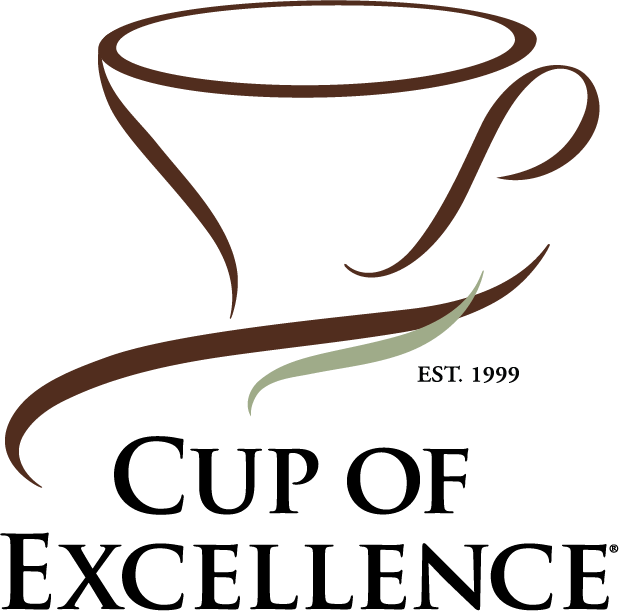86.23
Evaristo Hilari We are participating in competitions for three years since 2002, weve been participating as an organization; 2003 we were in the fourth and fifth place, in Coroico in 2004 between the fourth and seventh place. We have kept a good level. Keep on improving is our wish in order to be among the first; year that goes by, we get to learn more. Despite we had problems this year, specially with the weather there was rain, there was no sun, this could have influenced for one of our samples to be left behind. That is why it had some mold and that was one of our difficulties on drying, more than anything else. I think this type of contests helps us to keep on improving and for us to focus a little bit more in the coffee, because before we used to produce without distinguishing our product. This is an opportunity to improve the handling of our coffee. Since the Cup of Excellence came into our lives, weve learned above all to work to keep on improving our coffee. For it to be competitive, it has to be on good soils, and that has to be very much taken care of. That makes me think above everything so that I can tell my partners what they have to do, be good observers. . I had a change in attitude of being able to take better care of the soils to fertilize. It has also helped us at an organizational level to grow and have more clients. I think that we must invest on improving our coffees quality. There is a lot to improve, and that requires an investment, and also a part to dedicate it to our families needs. Quality Practices The ripe coffee cherry harvest is done manually, process in which the whole family intervenes. During the four months the harvest takes, from May to September ; the coffee cherry is immersed in water in order to do the first selection of vain coffee beans. The pulping is done in a wooden pulper immediately alter the daily coffee collection is finished. The coffee is fermented during a period of 15 hours, after which the mucilage is separated. This coffee is manually washed with clean water coming from natural slopes that the mountains of the Bolivian Yungas region. The coffee drying is done on tables totally exposed to the sun.
Other Statistics:
Soil type : sandy clay loam Annual precipitation : 2.000 mm/year Shade type : Inga edulis
| Rank | 11 |
|---|---|
| Farm Name | Rio Colorado {O} |
| Farmer/Rep. | Evaristo Hilari |
| Altitude | 1600 |
| Country | Bolivia |
| Year | 2005 |
| Size (30kg boxes) | 21 |
| City | Chijchipani |
| Region | Entre Rios |
| Program | Bolivia 2005 |
| Month | - |
| Processing system | Pulped Naturally fermented mechanically washed sun mechanic drying |
| Variety | Typica Caturra |
| Coffee Growing Area | 4 |
| Farm Size | 10 |
| High bid | 3.30 |
| Total value | 10694.62 |
| High bidders | Katocoffee Inc. |
